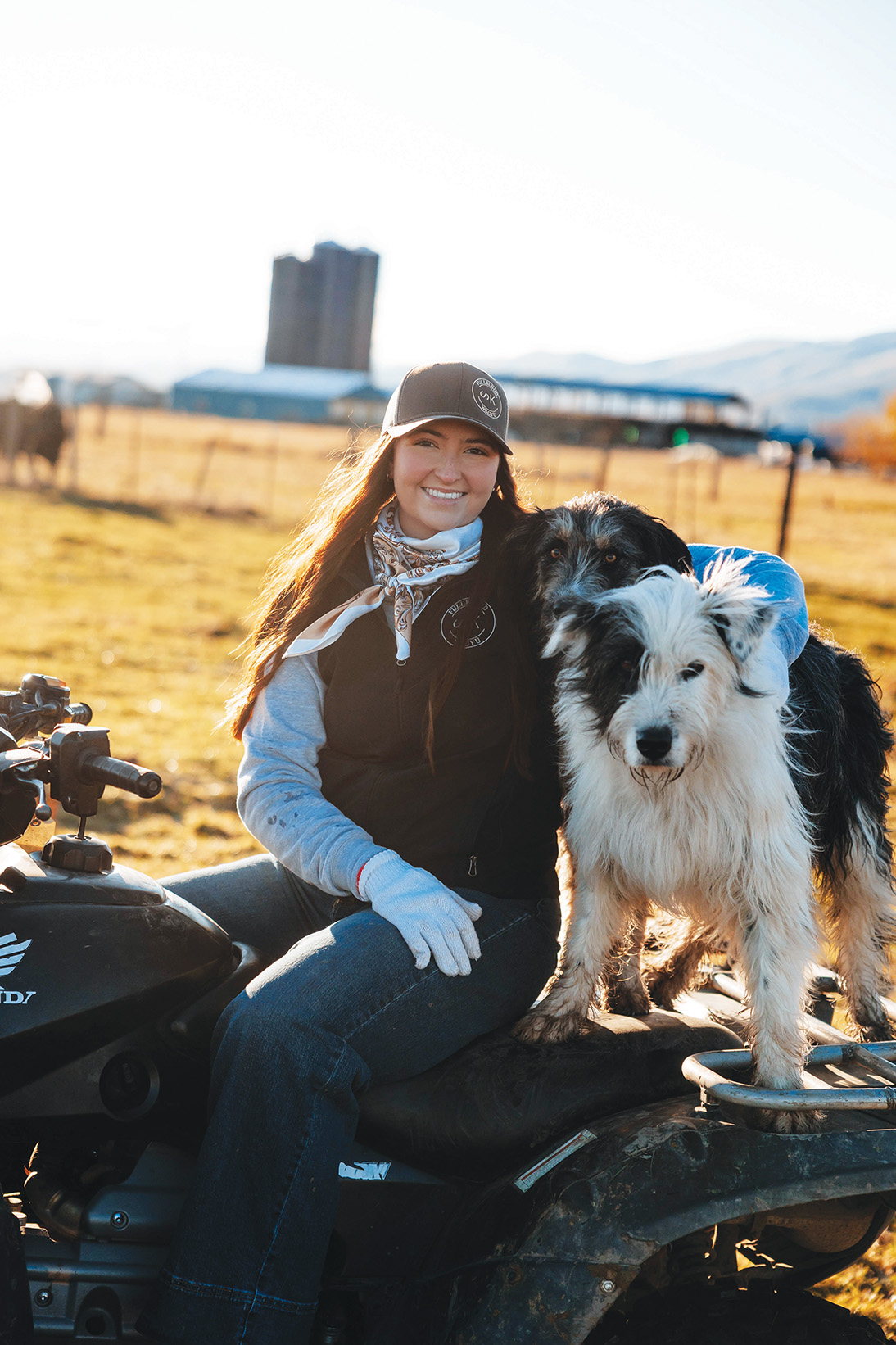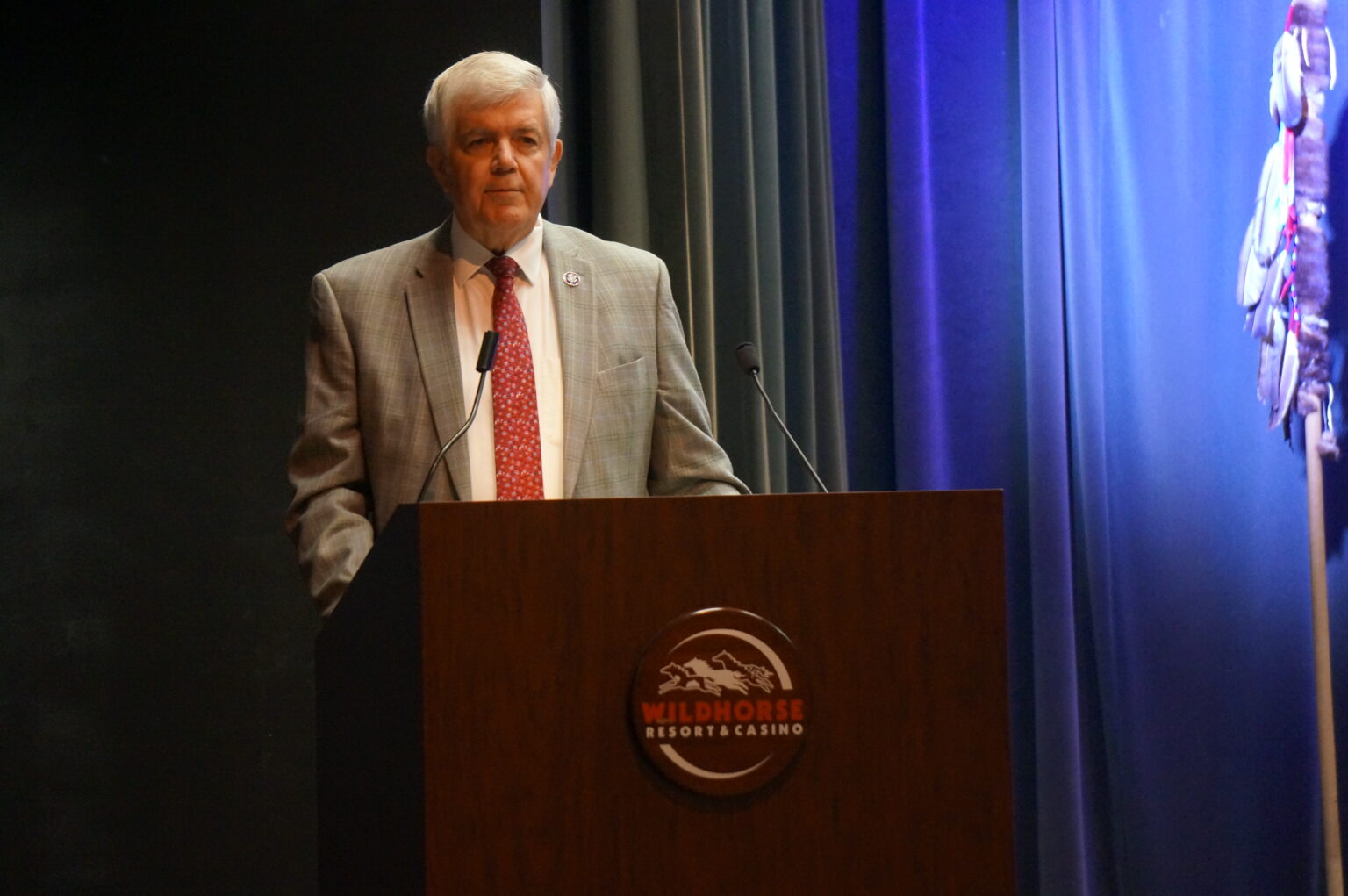EDITORIAL: Problems persist with city’s new sewer lagoon
Published 9:00 am Monday, January 22, 2024
Baker City’s biggest sewer project in decades has been plagued by problems. Perhaps only one problem, but it’s proved to be persistent.
Trending
The $5.7 million project includes a 7-mile pipeline and a new storage lagoon on a 51-acre parcel the city bought at the east edge of Baker Valley, just south of Highway 203.
The lagoon was built in 2021. It is lined with high-density polyethylene.
The troubles are with that liner.
Trending
In the spring of 2022, when the lagoon was filled for the first time, city workers noticed what are known as “whales” — humps in the liner visible above the water line.
Those humps can indicate potential leaks in the liner, said Brandon Mahon, an engineer with Anderson Perry & Associates, the city’s engineer on the pipeline and lagoon project.
There were indeed leaks, Mahon said.
Jon France, Baker City’s interim manager, said in October 2023 that faulty welds that bind sections of liner led to the leaks.
The liner was under warranty and the city’s contractor, Gyllenberg Construction of Baker City, made repairs at no cost to the city last fall.
Joyce Bornstedt, the city’s public works director, said last week that it appears the liner might still be leaking.
Mahon said “whales” reappeared when the lagoon was partially refilled following the repairs.
Bornstedt said it’s not clear whether additional repairs will suffice, or whether the liner might need to be replaced. More inspections will be needed.
One thing, though, should be certain — the city shouldn’t have to spend additional dollars to ensure it can use the lagoon.
Bornstedt said the city’s contract for the project extends the warranty if the lagoon isn’t working as designed.
The city borrowed money from the project from a state, and will be repaying the loan, at an interest rate of 1.36%, for 30 years.
City residents are paying for the project through their monthly bills.
Mahon said he has worked on other lagoon projects, in other cities, that used the same liner material that’s in Baker City’s lagoon. The product worked well in those lagoons, he said.
Whatever the solution, the city will need to make sure the lagoon is usable as soon as possible.
The project was prompted by the Oregon Department of Environmental Quality (DEQ).
Agency officials told the city more than a decade ago that DEQ would eventually prohibit the city from piping its treated wastewater into the Powder River.
That’s what the city has done since it built four lagoons near the river about a mile north of Hughes Lane.
DEQ officials said the treated wastewater could contribute to algae blooms that pollute the river. The city stores wastewater in the lagoons to allow solids to settle out.
The city also adds chlorine to the water to kill E. coli bacteria, then adds sulfur dioxide to remove the chlorine.
(The city also adds chlorine to its drinking water as a disinfectant, but at much lower concentrations than are used to treat wastewater.)
The new pipeline connects the older lagoons and the new lagoon. The latter gives the city much more capacity to store wastewater (the new lagoon is much deeper than the existing lagoons). The goal, Bornstedt said, is to use the wastewater from the new lagoon to irrigate non-food crops, such as alfalfa, on nearby land.
While city officials and city contractors are working to fix the new lagoon, the city is permitted through DEQ to continue using the old lagoons and piping treated water into the river.
But Bornstedt said that so long as the new lagoon is not available, the city will be close to its capacity for storing wastewater (the water must be stored a certain amount of time so the chlorine and then sulfur dioxide can render the water suitable for release).









